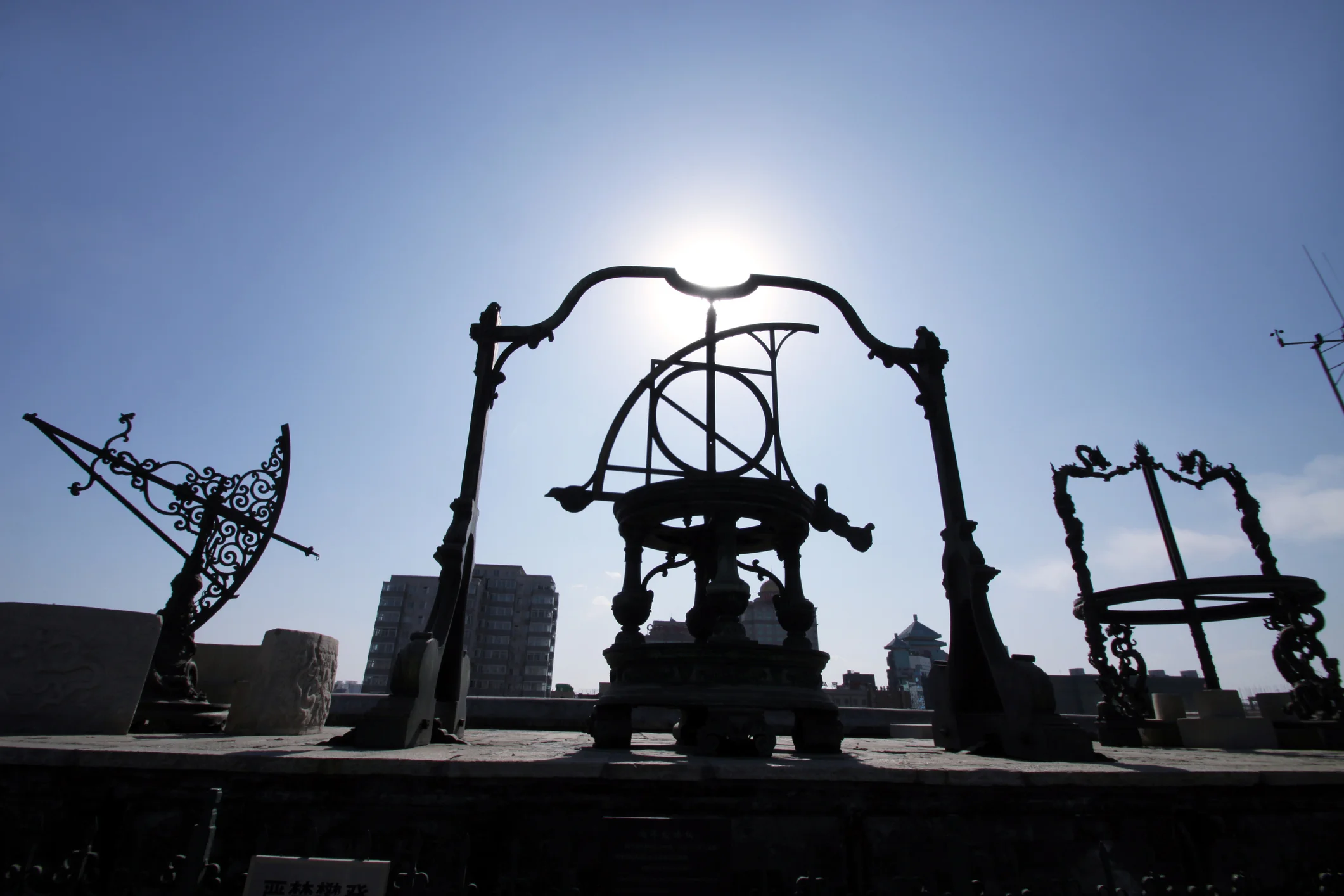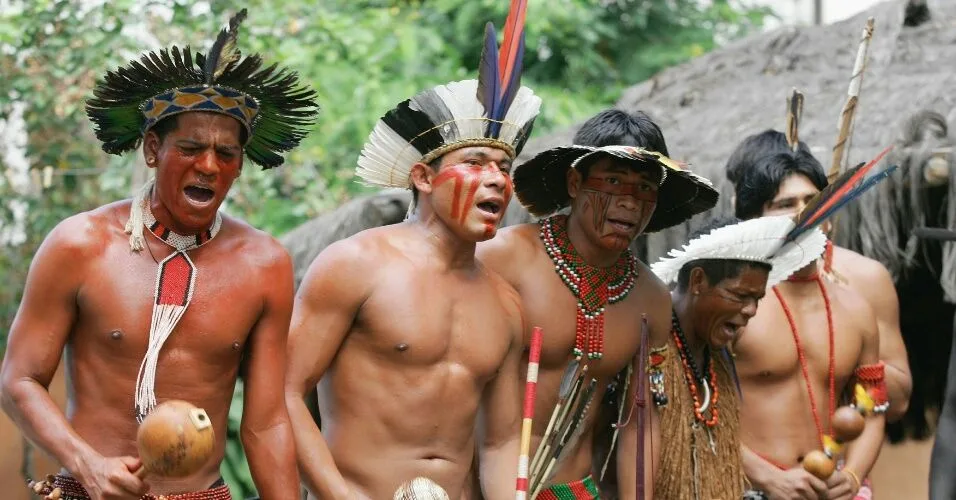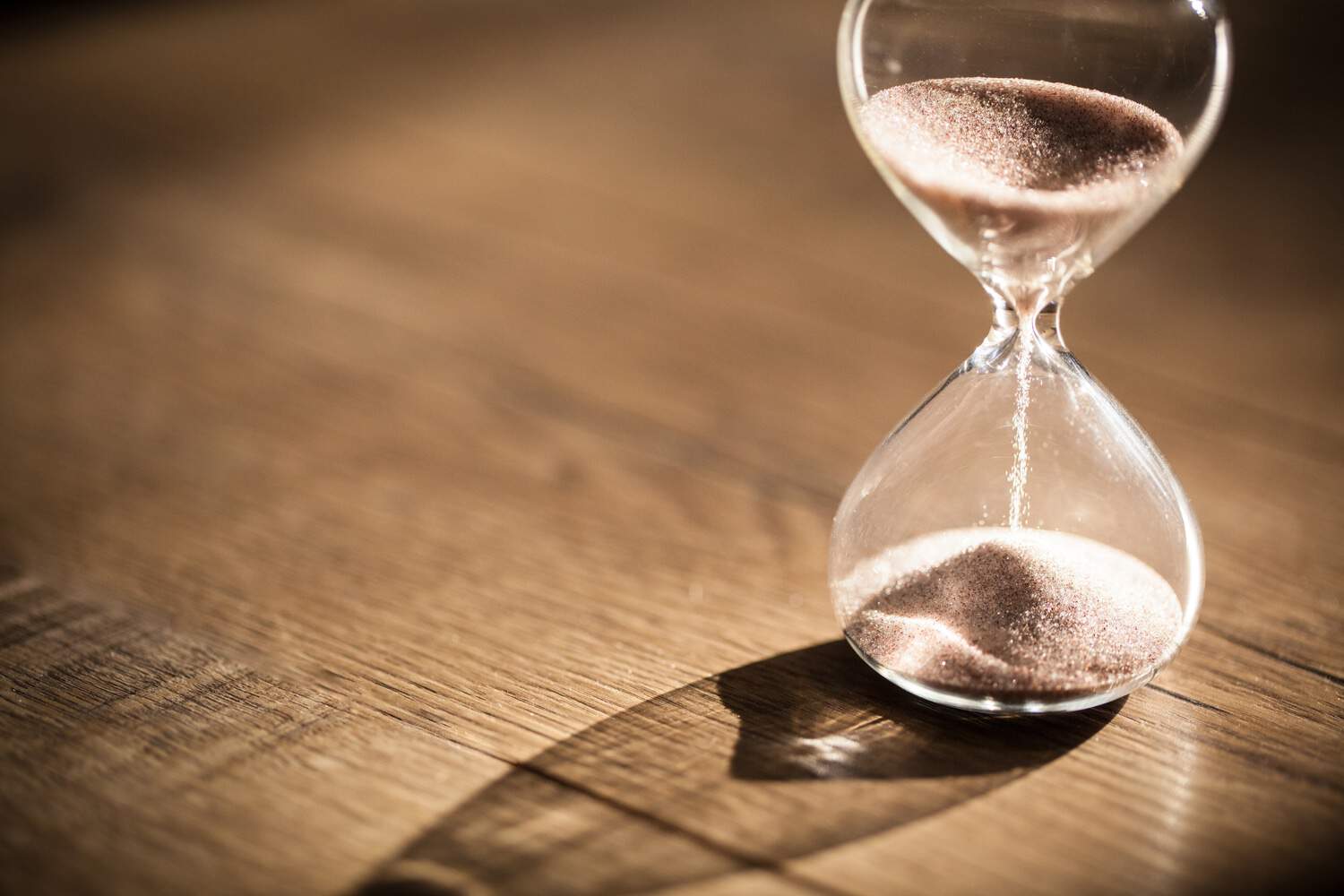Across cultures and continents, humanity has long recognized the importance of marking life’s pivotal transitions through meaningful ceremonies and traditions. These celebrations connect us to our ancestors while preparing future generations.
The passage of generations represents more than just the biological succession of family members—it embodies the transfer of wisdom, values, cultural identity, and collective memory. In our rapidly changing world, where technology often threatens to overshadow tradition, ceremonial celebrations provide anchors that ground us in our heritage while giving us strength to face tomorrow. These rituals create bridges between past, present, and future, offering profound opportunities for reflection, gratitude, and renewal.
🌍 The Universal Language of Generational Ceremonies
Every culture throughout history has developed unique ways to celebrate the passage from one generation to the next. These ceremonies serve as cultural touchstones that define who we are and where we come from. Whether it’s a coming-of-age ritual, a wedding ceremony, or a celebration honoring elders, these traditions fulfill fundamental human needs for belonging, meaning, and continuity.
Indigenous communities worldwide have particularly rich traditions surrounding generational passages. Native American vision quests, Aboriginal Australian walkabouts, and African rites of passage all represent profound spiritual journeys that mark the transition from childhood to adulthood. These ceremonies don’t simply acknowledge biological maturity—they cultivate spiritual growth, community responsibility, and cultural consciousness.
Eastern traditions offer equally compelling examples. The Japanese celebration of Shichi-Go-San honors children at ages three, five, and seven, recognizing specific developmental milestones. In Jewish tradition, the Bar and Bat Mitzvah ceremonies mark a child’s coming of age at thirteen, signifying their assumption of religious responsibilities. Hindu culture observes Upanayana, the sacred thread ceremony, which initiates young people into spiritual learning.
The Psychology Behind Ceremonial Tradition
Modern psychology has validated what our ancestors intuitively understood: ceremonial marking of life transitions serves crucial developmental and psychological functions. These rituals provide what psychologists call “liminal spaces”—transitional zones where individuals shed old identities and embrace new ones. Without these clearly defined passages, people often struggle with ambiguity about their roles and responsibilities.
Research shows that participation in traditional ceremonies strengthens family bonds, enhances self-esteem, and provides a sense of cultural identity that protects against existential anxiety. The shared experience of ritual creates collective effervescence—a term coined by sociologist Émile Durkheim to describe the energy and harmony individuals feel when participating in group ceremonies.
💝 Celebrating Elder Wisdom: Honoring Previous Generations
In many traditional societies, elders occupy positions of reverence as keepers of ancestral knowledge and cultural wisdom. Ceremonies honoring older generations serve multiple purposes: they acknowledge the contributions of those who came before, create opportunities for intergenerational knowledge transfer, and model respect that younger generations will hopefully replicate.
Korean culture exemplifies this through the traditional 60th birthday celebration called Hwangap, which marks the completion of one full cycle of the zodiac. This elaborate ceremony recognizes not just longevity but the wisdom accumulated over six decades. Similarly, Latin American cultures celebrate quinceañeras not only for the young person coming of age but also as occasions for grandparents and extended family to pass down family history and values.
Creating Modern Ceremonies for Elder Appreciation
Contemporary families can adapt traditional practices to honor their elders meaningfully. Consider organizing storytelling evenings where grandparents share family history, creating recorded oral histories, or establishing annual gatherings specifically dedicated to celebrating the oldest generation. These don’t require elaborate planning—authenticity and intentionality matter more than production value.
Memory books, legacy projects, and heritage trips to ancestral homelands all serve as modern ceremonial practices that honor elders while preserving their knowledge for future generations. Technology enables new possibilities too: video recordings of grandparents sharing recipes, advice, or family stories become treasured heirlooms that keep their presence alive for generations yet unborn.
🎊 Coming-of-Age: Welcoming the Next Generation
Coming-of-age ceremonies represent perhaps the most universal type of generational passage ritual. These celebrations acknowledge that a young person has reached a significant milestone on their journey toward adulthood. The specific form varies dramatically across cultures, but the underlying purpose remains consistent: to publicly recognize maturation, bestow new responsibilities, and formally welcome individuals into fuller participation in community life.
Western culture has largely lost many formal coming-of-age traditions, leaving adolescents without clear markers of their progression toward adulthood. This absence creates what some sociologists call “extended adolescence,” where young people drift in an ambiguous state between childhood and adulthood without clear boundaries or expectations. Reclaiming or creating meaningful coming-of-age ceremonies can address this cultural void.
Designing Meaningful Coming-of-Age Celebrations
Families seeking to establish coming-of-age traditions might consider these elements when designing ceremonies:
- Challenge or achievement component: Include something the young person must accomplish, demonstrating readiness for increased responsibility
- Community involvement: Engage extended family, mentors, and community members in recognizing the transition
- Symbolic elements: Incorporate objects, clothing, or rituals that represent the passage from childhood to young adulthood
- Wisdom sharing: Create opportunities for elders to formally share advice, blessings, or family history
- New privileges and responsibilities: Clearly articulate what changes after this ceremonial threshold
Some families create adventure-based rites of passage—multi-day wilderness experiences, pilgrimages, or service projects that test a young person’s character and capabilities. Others design elaborate celebrations involving multiple generations, incorporating family traditions, cultural heritage, and personalized elements that reflect the individual’s unique journey.
👨👩👧👦 Intergenerational Unity Through Shared Ritual
The most powerful generational ceremonies bring together multiple generations in shared celebration. These occasions create rare opportunities in modern life for grandparents, parents, children, and sometimes even great-grandchildren to gather with common purpose. The collective participation strengthens family identity and creates memories that become part of family mythology.
Holiday traditions often serve this function, though many families observe them unconsciously without recognizing their ceremonial significance. When approached intentionally, however, regular family gatherings transform from mere social occasions into meaningful rituals that reinforce generational continuity and shared values.
Establishing New Family Traditions
Creating traditions doesn’t require ancient lineage or elaborate planning. What matters is consistency, intentionality, and meaningful participation. A family might establish an annual gathering at a specific location, create a tradition of passing down a particular object from one generation to the next, or develop unique rituals around births, graduations, or other milestones.
One powerful practice involves creating a family time capsule opened at generational milestones, with each generation adding their contributions for future descendants. Another involves maintaining a family recipe book where each generation adds their favorite dishes along with stories about their significance. These practices create tangible links between generations separated by decades.
🌱 Adapting Ancient Wisdom for Modern Life
While honoring tradition holds immense value, ceremonies must evolve to remain relevant. The challenge lies in preserving the essential meaning and purpose of traditional practices while adapting their form to contemporary contexts. This requires discernment—understanding which elements carry the ceremony’s core significance and which aspects can flex without losing authenticity.
Many multicultural families face the additional challenge of blending traditions from different cultural backgrounds. Rather than viewing this as a dilution of tradition, it can be seen as an opportunity to create rich, hybrid ceremonies that honor multiple heritages while establishing new family traditions that reflect the family’s unique composition.
Technology’s Role in Modern Ceremonies
Digital technology offers unprecedented opportunities to enhance generational ceremonies. Video conferencing enables geographically dispersed family members to participate in real-time celebrations. Digital storytelling tools help preserve and share family histories. Social media platforms, when used thoughtfully, can extend celebration beyond the physical gathering, allowing broader community participation.
However, technology should enhance rather than replace the essential human elements of ceremony. The power of these rituals lies in physical presence, eye contact, touch, and shared embodied experience. Technology works best as a supplement that extends reach while preserving the core ceremonial experience’s intimacy and authenticity.
📜 Preserving Cultural Heritage Through Ceremony
For immigrant families and diaspora communities, generational ceremonies take on additional significance as primary means of cultural preservation. These rituals become lifelines connecting children and grandchildren to ancestral homelands they may never visit. Through ceremonial practice, language, customs, values, and cultural identity transmit across generations despite geographic displacement.
Research on immigrant communities shows that families maintaining strong ceremonial traditions experience greater cultural cohesion, stronger intergenerational relationships, and enhanced psychological wellbeing. Children who participate in cultural ceremonies develop stronger bicultural identities, navigating their dual heritage with greater confidence and less internal conflict.
Documenting Your Heritage
Families committed to preserving their heritage through ceremony should consider systematic documentation efforts. Recording the specific elements of traditional ceremonies—words spoken, objects used, symbolic meanings, and historical context—ensures accurate transmission to future generations. This becomes particularly crucial when elder generation members who hold this knowledge age or pass away.
Creating comprehensive heritage documents serves multiple purposes: it preserves knowledge that might otherwise be lost, provides guidance for younger generations leading ceremonies, and becomes a treasured family archive. These documents might include written descriptions, photographs, videos, recipes, music, and artifacts that collectively capture the ceremony’s full richness.
💫 The Spiritual Dimension of Generational Passage
Beyond their social and psychological functions, generational ceremonies often carry profound spiritual significance. These rituals connect participants not just with living relatives but with ancestors stretching back through time and descendants extending into the future. This expanded temporal awareness—simultaneously honoring those who came before while accepting responsibility for those yet to come—cultivates a sacred sense of participation in something greater than individual existence.
Many traditions understand generational ceremonies as moments when the veil between worlds becomes thin, allowing ancestors’ presence and blessings to flow more freely. Whether one interprets this literally or metaphorically, the experience of connection with the ancestral and future realms during ceremony carries undeniable power.
🎯 Practical Steps for Implementing Generational Ceremonies
Families wishing to establish or revitalize generational ceremonies can begin with these practical steps. First, research your family’s cultural and ethnic heritage to understand traditional ceremonies your ancestors practiced. Interview older relatives about celebrations they remember from their childhood. This investigation itself becomes a meaningful intergenerational activity.
Second, start small rather than attempting elaborate ceremonies immediately. Simple rituals practiced consistently carry more power than ambitious events that prove unsustainable. A quarterly gathering focused on storytelling or an annual celebration marking a specific milestone creates manageable starting points.
Third, involve multiple generations in planning and execution. Children and teenagers who help design ceremonies develop greater investment in their continuation. Elder generation members contributing their knowledge feel valued and included. Collaborative planning itself becomes part of the ceremonial process.
Overcoming Common Obstacles
Geographic dispersion represents the most common challenge families face in maintaining generational ceremonies. Creative solutions include rotating celebration locations, scheduling gatherings during holiday periods when travel already occurs, or creating hybrid events combining in-person and virtual participation. Some families establish multi-year rotation schedules, with different branches hosting alternating years.
Busy schedules and competing priorities also threaten ceremonial continuity. Addressing this requires honest family conversations about values and priorities. When families genuinely commit to making generational ceremonies non-negotiable priorities, creative scheduling solutions emerge. Treating these gatherings with the same importance as work obligations or school commitments communicates their genuine significance.
🌟 The Lasting Impact of Ceremonial Tradition
The benefits of embracing generational ceremonies extend far beyond the celebrations themselves. Research consistently shows that children raised with strong family traditions demonstrate greater resilience, stronger self-identity, and enhanced psychological wellbeing. They perform better academically, show lower rates of anxiety and depression, and report greater life satisfaction.
Adults who maintain connection with ceremonial traditions experience enhanced meaning and purpose in their lives. The sense of being part of an unbroken chain connecting past, present, and future provides existential security in an uncertain world. These rituals remind us that our individual lives, while finite, participate in something enduring.
For society broadly, families maintaining strong ceremonial traditions contribute to cultural diversity, social cohesion, and intergenerational solidarity. In an era of increasing isolation and fragmentation, these practices model alternative ways of organizing social life around connection, meaning, and shared purpose rather than individualism and consumption.
✨ Beginning Your Ceremonial Journey
Starting or revitalizing generational ceremonies requires courage, commitment, and patience. Initial attempts may feel awkward or artificial, particularly in families without recent ceremonial practice. Perseverance through this initial discomfort yields profound rewards. Like any skill, creating meaningful ceremony improves with practice.
Remember that authenticity matters more than perfection. A simple gathering conducted with genuine intention and heartfelt participation carries more power than an elaborate production lacking emotional truth. Focus on creating space for connection, story-sharing, and mutual recognition rather than achieving Instagram-worthy aesthetics.
The work of embracing tradition and celebrating generational passages represents an investment in your family’s future. These ceremonies become anchors that ground children as they grow, providing continuity through life’s inevitable changes. They create shared memories that bond siblings even after parents are gone. They preserve cultural knowledge that might otherwise disappear. And they remind us all that we belong to something larger and more enduring than our individual selves—a truth our ancestors knew and one we must reclaim for generations yet to come.
Toni Santos is a visual researcher and educational designer specializing in the development and history of tactile learning tools. Through a hands-on and sensory-focused lens, Toni investigates how physical objects and textures can enhance understanding, memory, and creativity while exploring the intersections of ancient temporal systems, ritualized time practices, and cultural perceptions of chronology. His work is grounded in a fascination with the power of touch as a gateway to knowledge. From embossed maps and textured alphabets to handcrafted manipulatives and sensory kits, Toni uncovers the subtle ways tactile tools shape cognitive development and learning experiences, while engaging with ancestral calendars and forgotten systems, chrono-rituals and time portals, cultural time perception and myth, and devices and tools of time. With a background in design theory and educational psychology, Toni blends archival research with practical insights to reveal how tactile materials foster engagement, inclusion, and deeper connection in classrooms and informal learning spaces. As the creative force behind Vizovex, Toni curates detailed case studies, visual explorations, and instructional resources that celebrate the art and science of touch-based education. His work is a tribute to: The transformative role of tactile tools in learning The intersection of sensory experience, cognition, and temporal wisdom The craft and innovation behind educational objects and time devices Whether you’re an educator, designer, or lifelong learner, Toni invites you to explore the rich textures of knowledge—one touch, one tool, one discovery at a time.




